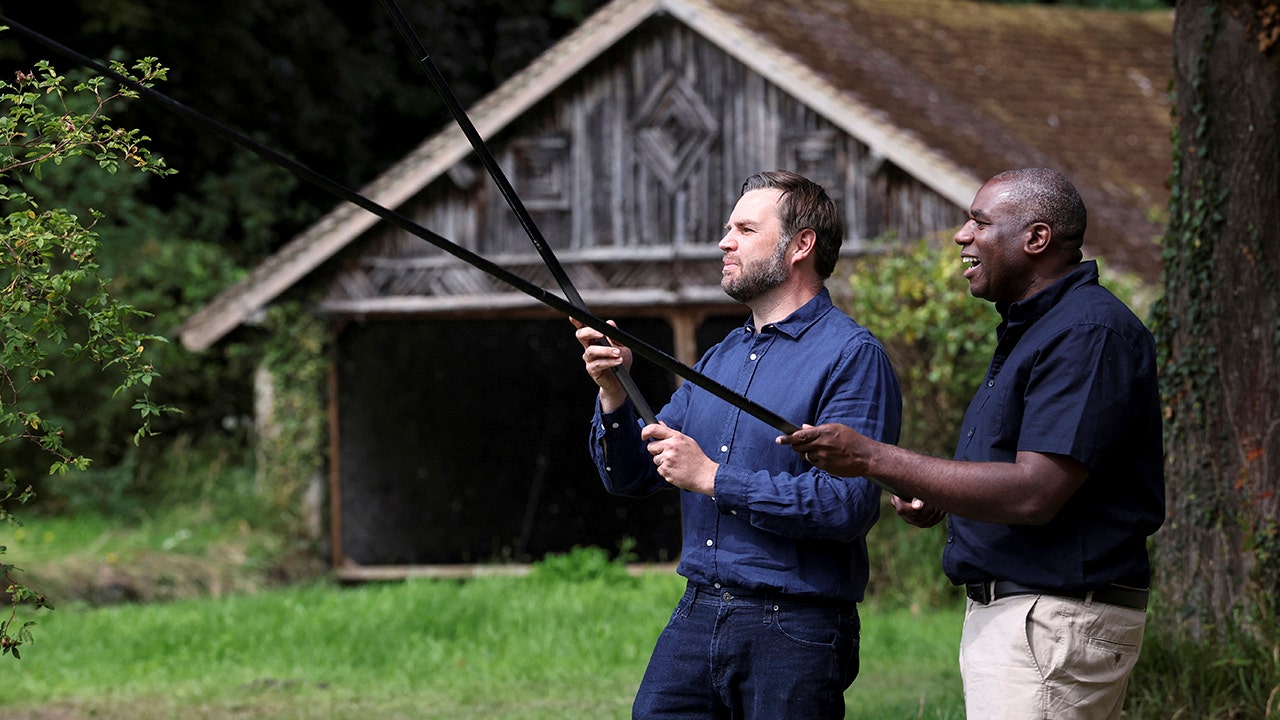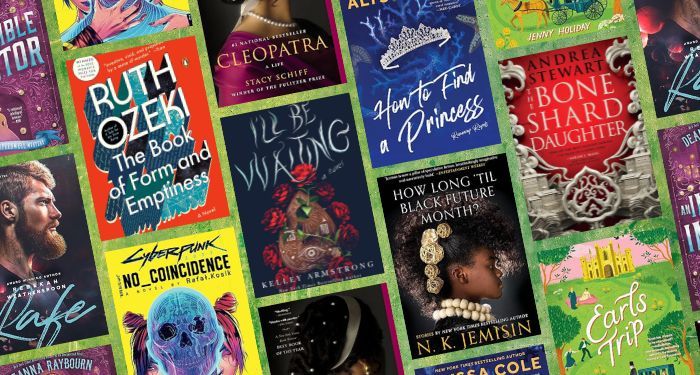I’ve long believed that a happy, healthy life is built on rituals. From your morning routine to your evening wind-down, our days flow with more ease when we anchor them with supportive habits. Rituals cut through decision fatigue and help us weave intention into the everyday. By committing to practices that help us feel our best, we strengthen self-trust—and that reliability becomes a fixture of our days. As a writer, that truth shows itself most in my daily writing rituals.
Writing is a strange career—part craft, part inspiration. On good days, words spill easily. On others, even a single sentence feels impossible. But my writing ritual is what steadies me. It’s the structure I lean on to move past the blank page and into flow.
Featured image from our interview with Remi Ishizuka by Michelle Nash.


What are writing rituals?
Writing rituals are the consistent set of steps we take to prepare ourselves before putting pen to paper. While they look different for everyone, writing rituals all serve the same purpose: to feel energized, grounded, and inspired before diving into the work. Sometimes they’re simple; sometimes they’re deeply idiosyncratic. What matters most is that they put us in a headspace with greater freedom to create.
Think of them as a way to bypass hesitation. When you’ve set the stage—your environment, your mindset, your tools—you can step into writing without overthinking. With fewer variables to wrestle with, you open the door for creative flow.
History is full of proof that rituals work:
- Ernest Hemingway wrote standing at his typewriter, believing the posture helped him stay alert.
- Maya Angelou rented a small hotel room for months at a time, bringing only yellow pads, a dictionary, and a Bible. She needed the quiet separation from home to write.
- Toni Morrison wrote before dawn, explaining she wanted to “get up before the sun” so the world hadn’t yet placed demands on her.
- Joan Didion ended her writing days with a ritual glass of scotch, followed by rereading everything she had written so she could step back in the next morning with confidence.
Each practice is unique, but the principle is the same: consistency creates momentum.
Reflection Prompt
Before you dive into designing your own writing ritual, pause and ask yourself:
- When in the day do I feel most energized?
- What spaces or environments make me feel most alive?
- What small comforts (music, candle, tea, movement) help me focus?
These questions help you design a ritual that feels natural and inspiring—one you’ll actually want to return to.
Writing Rituals to Cultivate for Everyday Inspiration
1. Put Yourself in the Path of Inspiration
Many call this “pre-writing,” and while creativity is often thought of as an inherent trait, I believe it’s an orientation and approach to life. It’s a way of looking at the world with hope and optimism, understanding that every day is an opportunity to amplify the inputs you take in. The best writing doesn’t come from staring at the page—it comes from what you notice and absorb before you sit down.
Try experimenting with simple inspiration rituals like:
- Carrying a notebook (or using your Notes app) to capture thoughts before they disappear.
- Beginning each writing session by free-writing for five minutes about anything that’s on your mind.
- Reading a poem, essay, or a page of a favorite book to spark rhythm and language.
- Taking a short walk to reset your energy and let ideas rise to the surface.
- Creating an “inspiration box”: a collection of quotes, images, or snippets of writing that fuel you.
Reflection Prompt
What practices make me feel most energized to create? Am I more inspired after reading, walking, or spending quiet time alone? Experiment with one practice for a week and see how it shifts your writing energy.
2. Habit Stack Your Writing
It’s no secret—we love habit stacking. By pairing a desired habit with one you already practice, the behavioral technique makes it easier for you to incorporate and build new rituals into your life. And spoiler: writing can be one of them.
Start by noticing the small, almost automatic habits that already anchor your routine: making your morning coffee, taking a lunch break, winding down at night. Then, attach writing to one of these moments so it feels less like a chore and more like a natural extension of your day.
A few ideas:
- After making coffee, sit down with it and write for 10 minutes.
- After closing your laptop at the end of the workday, open a journal for a quick free-write.
- After brushing your teeth at night, jot down one paragraph before bed.
- After a morning walk, sit at your desk and capture any thoughts or observations that surfaced.
When you habit stack, writing becomes less about willpower and more about rhythm—an action that fits seamlessly into your life.
Reflection Prompt
Which parts of my day already feel steady and reliable? How could I attach a small writing ritual to those moments so it feels natural rather than forced?
3. Write in an Inspiring Environment
Consistency is key to any writing ritual, and the space you choose plays a big role. When you return to the same environment each day, your brain starts to associate that space with creativity—it becomes an automatic cue to begin.
The good news: it doesn’t have to be elaborate. What matters is creating an environment that feels supportive, inspiring, and distraction-free.
Ideas to try:
- Dedicate a corner of your home—a desk, table, or cozy chair—as your “writing spot.”
- Keep your tools close: pens, notebooks, or your laptop so you’re never searching for what you need.
- Add small sensory cues: light a candle, play soft background music, or sip a cup of tea as you begin.
- Clear clutter from your space so you can focus fully on the page.
- Create a portable ritual: if you thrive on variety, carry a small journal, headphones, or a favorite pen so you can write in coffee shops, libraries, or during travel.
The environment you choose doesn’t just set the tone for your writing session—it tells your mind, this is where I create.
Reflection Prompt
Where do I feel most focused and free to write? What small details could I add (or remove) from my space to make it more inviting?
4. Set Goals
While writing is a creative act, it thrives with structure. Goals give you something tangible to work toward and help you sit down with purpose. Without them, it’s easy to let days slip by without putting words on the page.
The key is to keep your goals small and achievable. Lofty milestones can feel exciting at first, but they often lead to burnout or avoidance. Instead, focus on bite-sized intentions that build momentum over time.
Examples of writing goals:
- Write 100–200 words each day.
- Fill one journal page before bed.
- Draft for 20 minutes every morning.
- Complete a short essay, article, or blog post each week.
Over time, these micro-goals stack up into finished drafts and a steady, rewarding practice. Remember—it’s less about perfection and more about showing up consistently.
Reflection Prompt
What writing goal feels small enough that I can achieve it daily, but meaningful enough that it keeps me motivated? How can I track my progress in a way that feels encouraging, not stressful?
Finding Joy in the Act of Writing
At its core, a writing ritual is about creating consistency, comfort, and space for creativity to flourish. When you design intentional steps—whether it’s seeking inspiration, stacking habits, shaping your environment, or setting small goals—you make it easier to show up for yourself and the page.
Think of it as building a framework that supports you, so the act of writing feels less intimidating and more inviting. Over time, these rituals shift from effortful to automatic—becoming part of the rhythm of your life.
For quick reference, here are four simple ways to start:
- Seek Inspiration Daily. Notice details, journal freely, or take a short walk before you write.
- Stack Your Habits. Pair writing with something you already do, like morning coffee or your evening wind-down.
- Shape Your Environment. Create a space (big or small) that feels calming and sparks focus.
- Set Achievable Goals. Start small: a few sentences, a page, or ten minutes each day.
When you bring these elements together, writing transforms from something you have to push through into something you genuinely look forward to. The finished pieces matter, yes—but the real gift is in the ritual itself.



























































